

This isn’t your typical veggie patch! Gardeners should definitely give perennial vegetables a try.
Many kinds of vegetables can provide a harvest for several years.
No need to till and sow every year… and the crop is always ready to reap!
Perennial vegetables are often closer to the original wild species they were derived from. Their stronger taste tickles the taste buds of everyone who knows what real food tastes like!
These hardy species grow in most temperate climates. Give them a spot in a flower bed or set aside a sunny spot of the vegetable patch.
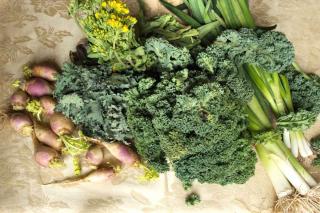
1 – Perennial cabbage: ‘Daubenton’
2 – Sea kale: a perennial kale
3 – Perennial onion: tree onion
4 – Wild leek, a tasty perennial variety
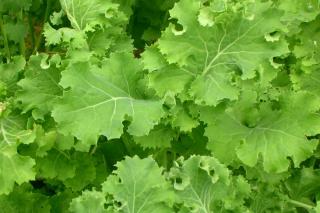
Plant this Brassicaceae in full sun in a spot where the soil drains well. Add compost or very ripe manure upon planting. Topdress with the same every year to make sure yields stay on par. Propagation is very easy, simply plant offshoots to a nearby spot, that’s all! It rarely goes to seed. As an added benefit, it is highly resistant to both cabbage white and the turnip flea beetle.
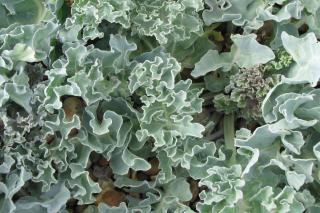
In England, young stems barely blanched are much appreciated for their nutty flavor. To remove the bitterness, cover the plant in February-March with an upside-down terra cotta pot or straw. This will make the young stems grow white instead of green, and they’ll be as soft as young asparagus! The fragrant flowers are also edible, they’re an excellent addition to tossed salads.
Plant the sea kale in full sun preferably, in deep soil that is dry and not too acidic. It’ll do fine in poor soil. The plant grows up to around 2 feet tall (60cm) and you should protect it from strong winds. Sow under a cold frame in March or October or propagate from roots in January. Take note that if you encounter the plant in the wild, it’s a protected species!
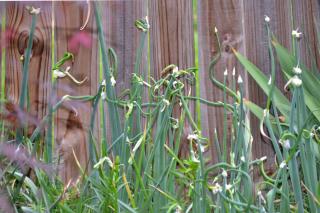
The green stems grow 1½ to 3 feet tall, they advantageously replace leek or Welsh onion. You can harvest the leaves all winter long. The small onions, when mature, are delicious if you pickle them, and they’re very tasty both raw and cooked. Use them as you would other onions for a pleasant, richer flavor.
In spring and in fall, plant the bulblets or sow the seeds, in rather sandy and moist soil, with full sun, or in pots to decorate your deck or balcony. Avoid manure and the like, it tends to make bulbs rot underground. Space plants 12 inches (30 cm) apart. Tree onion catawissa is a sub-variety that has a slightly blander taste, but it’s much hardier.
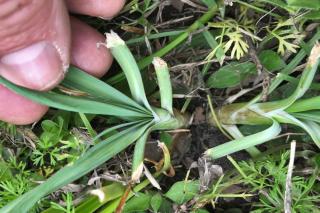
Purchase and plant small bulblets in summer, or split the leafy clumps in other seasons. 10 inches (25 cm) is a good spacing, in sun or part shade. This leek is content with loose soil, richly manured, with little watering. Harvest can begin end of August and last until the end of spring. In summer, leaves dry out because the plant goes dormant when it’s too hot.